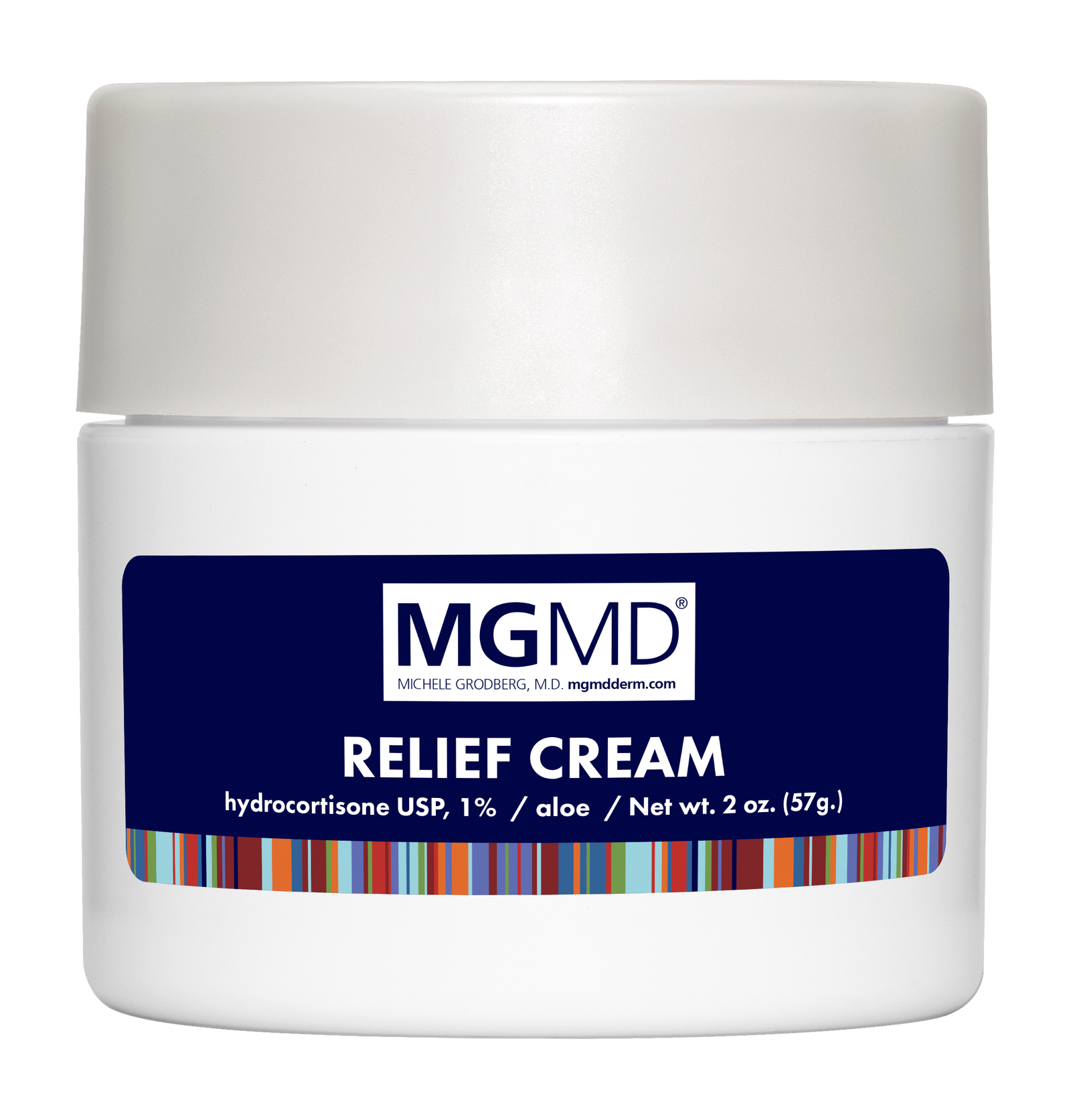“While sclerotherapy is a very safe procedure, certain side effects can occur regardless of the skill with which the treatment is performed, like stinging or pain at the injection site, swelling of the ankles or feet, or transient muscle cramps at the time of the procedure.
Approximately 30% of patients who undergo sclerotherapy notice discoloration after treatment in the form of light brown streaks or bruises. In almost every patient, the veins become darker immediately after the procedure. In rare instances, this darkening of the vein may persist for 6 to 12 months or even longer. It is very rare for any discoloration to be permanent.
A few patients may experience pain and bruising, usually at the site of the injection, but this varies greatly with the solution used. The vein may be tender to the touch after treatment, and an uncomfortable sensation may run along the vein route. This discomfort is usually temporary, in most cases lasting 1 to 7 days at most."






